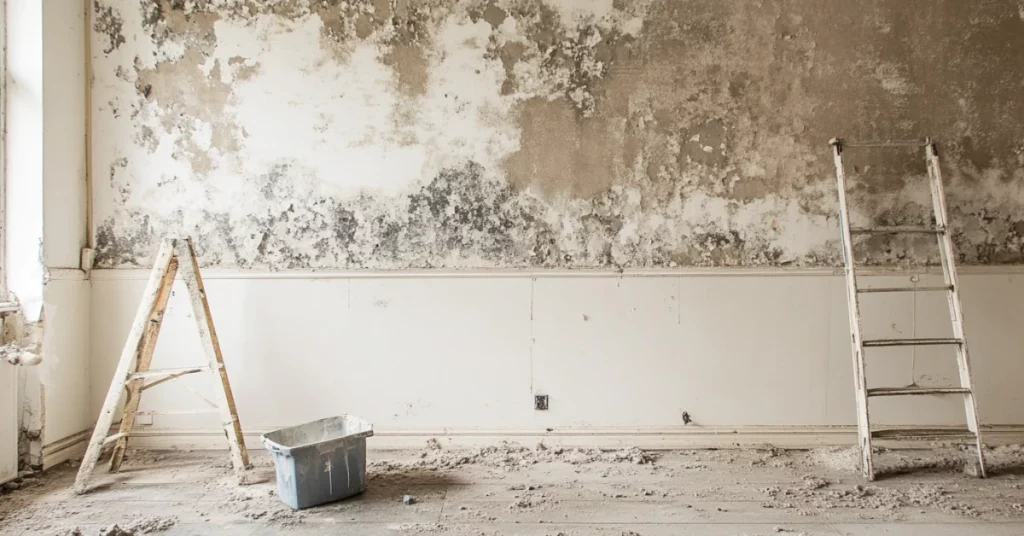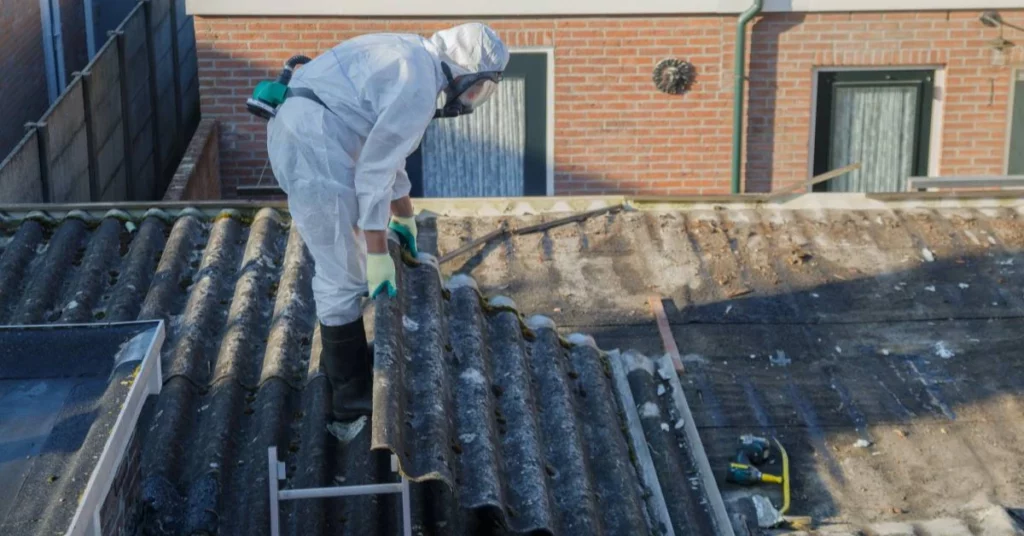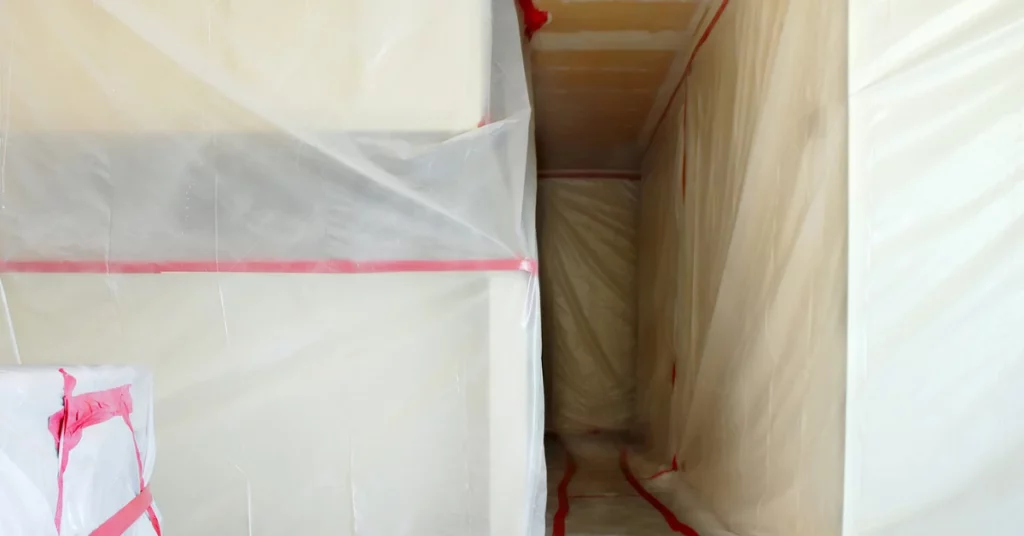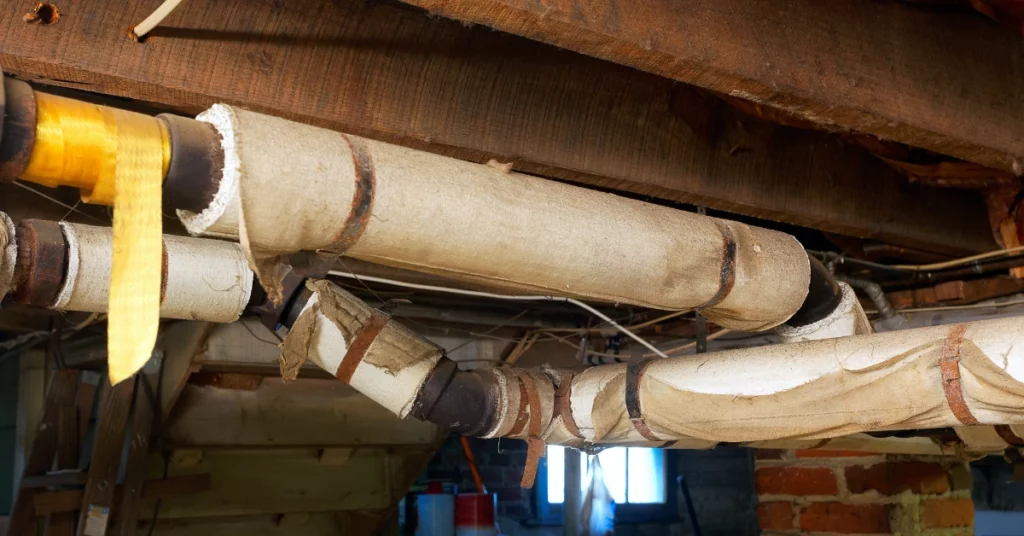Asbestos, once widely used in construction and manufacturing, poses significant health risks when its fibers become airborne. Identifying asbestos-containing materials is crucial for safety, but can be challenging due to its varied appearances.
We will examine ten common forms of asbestos-containing materials, detailing their characteristics, composition, and potential hazards. By understanding what asbestos looks like in its various forms, readers can better recognize potential risks in buildings and products, enabling informed decisions about testing and professional removal when necessary.
Asbestos Boards
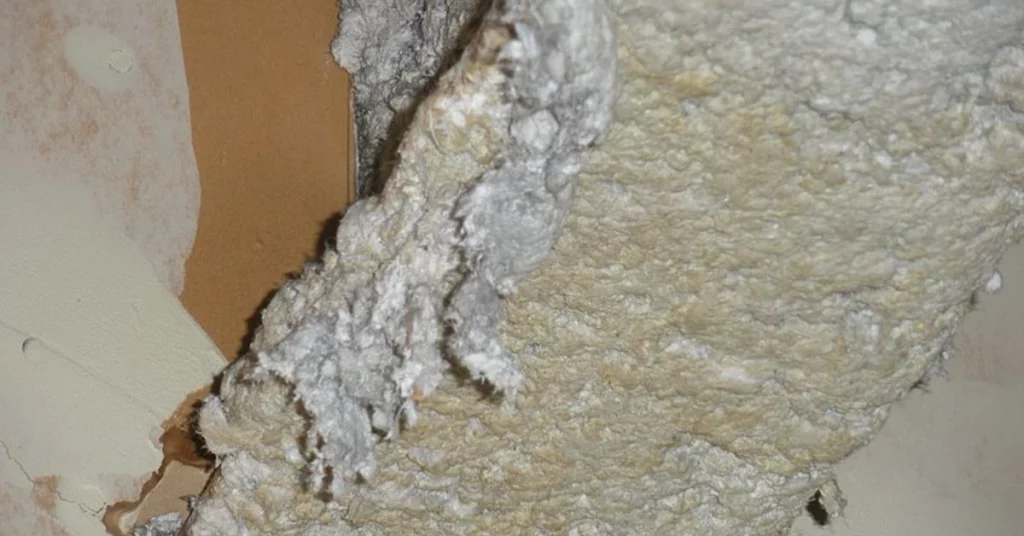
Asbestos boards are flat, rigid panels made from a mixture of asbestos fibers and cement or other binding materials. They were commonly used for fire protection, insulation, and as a durable construction material in walls, ceilings, and flooring.
Known as: Asbestos insulation board, AIB, asbestos wallboard, asbestos millboard
Asbestos content: Typically 15-40% asbestos fibers
Other main content: Portland cement, calcium silicate
Main asbestos type: Amosite (brown asbestos) or chrysotile (white asbestos)
Main colors: Gray, off-white, or pale brown
Density: Low to medium density
Damage potential: Moderate to high; can be easily damaged by impact or wear
Asbestos fiber release potential: High when damaged or disturbed
Timeline manufacture & usage: Widely used from the 1930s to the 1980s in commercial and residential buildings. Production and use declined in the 1980s and 1990s as asbestos regulations tightened.
Asbestos Textiles
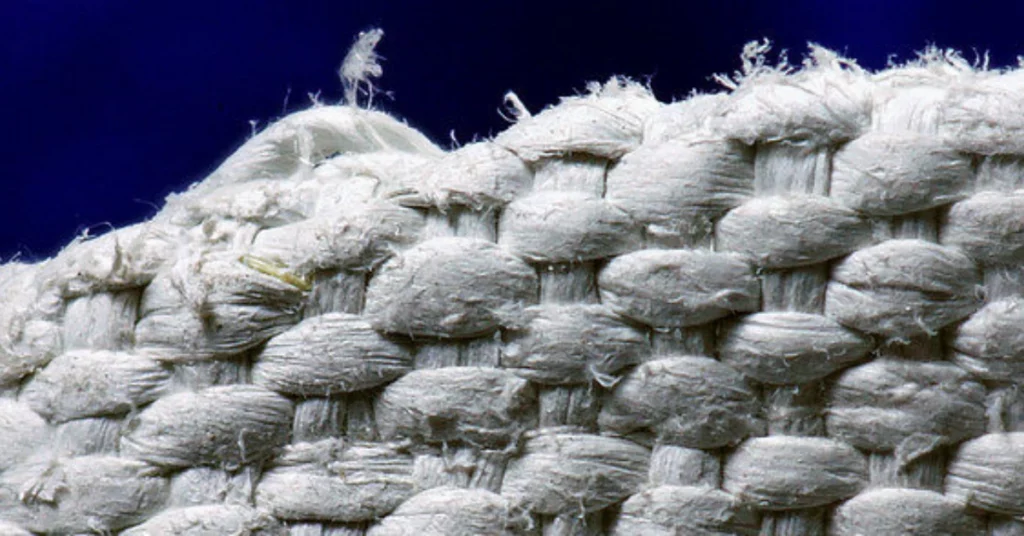
Asbestos textiles are woven or felted materials made from asbestos fibers. They have a fabric-like appearance and were used for fire-resistant clothing, insulation wraps, and industrial applications requiring heat resistance.
Known as: Asbestos cloth, asbestos tape, asbestos rope
Asbestos content: Often 100% asbestos, but some products may contain 60-100%
Other main content: Sometimes blended with cotton or synthetic fibers
Main asbestos type: Primarily chrysotile (white asbestos)
Main colors: White, gray, or blue-gray
Density: Low to medium density
Damage potential: Moderate to high; can fray or wear over time
Asbestos fiber release potential: High, especially when worn or damaged
Timeline manufacture & usage: Produced from the early 1900s to the 1980s. Used in various industries including firefighting, automotive, and aerospace. Production declined significantly in the 1980s due to asbestos regulations.
Asbestos Gaskets & Washers
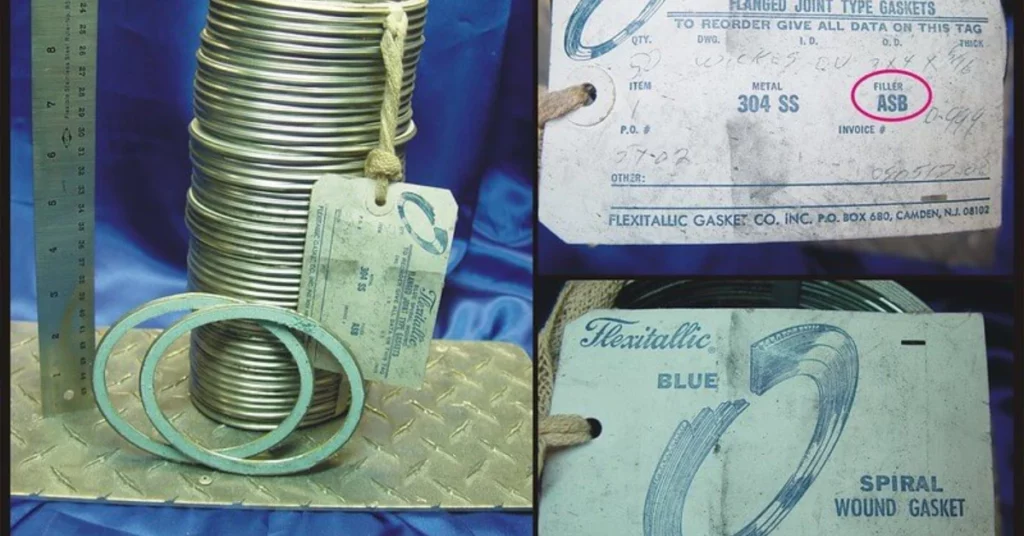
Asbestos gaskets and washers are sealing components used in machinery, pipes, and automotive applications. They appear as flat, often circular or ring-shaped pieces, designed to create a tight seal between metal surfaces.
Known as: Asbestos seals, asbestos packing
Asbestos content: Typically 70-80% asbestos fibers
Other main content: Rubber, synthetic materials, or other binding agents
Main asbestos type: Chrysotile (white asbestos)
Main colors: White, gray, or black
Density: Medium to high density
Damage potential: Moderate; can become brittle and crack over time
Asbestos fiber release potential: Low when intact, but can be high when damaged or during removal
Timeline manufacture & usage: Widely used from the 1930s through the 1980s in industrial machinery, automotive engines, and plumbing systems. Use decreased in the 1980s and 1990s as asbestos-free alternatives became available.
Asbestos Cement
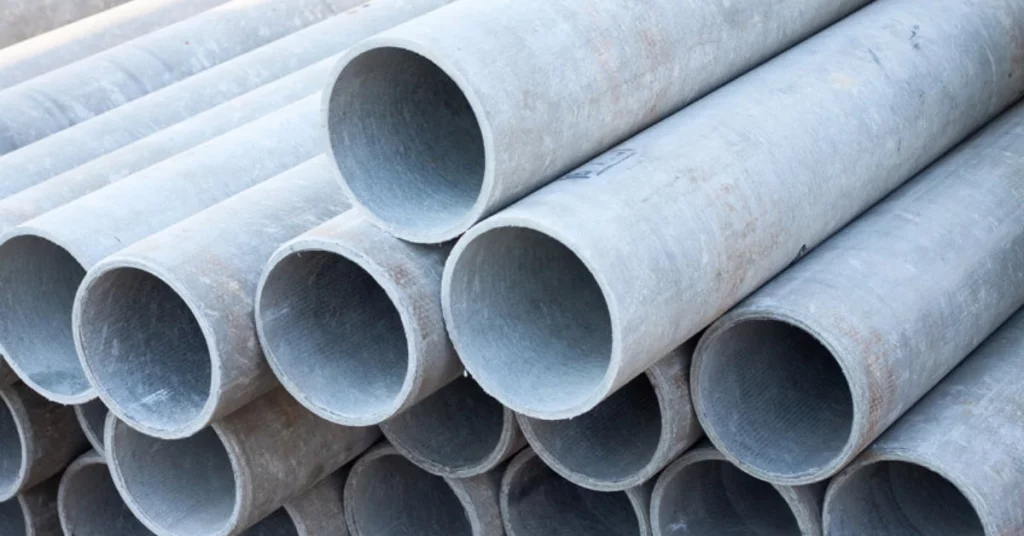
Asbestos cement is a hard, durable material made by mixing asbestos fibers with Portland cement. It was commonly used in construction for roofing, siding, pipes, and other building materials due to its strength and weather resistance.
Known as: Fibro, AC sheeting, asbestos-cement sheets
Asbestos content: Usually 10-15% asbestos fibers
Other main content: Portland cement, sand
Main asbestos type: Primarily chrysotile (white asbestos), sometimes crocidolite (blue asbestos)
Main colors: Gray, white, or pale blue
Density: High density
Damage potential: Low when intact, but can become brittle and crack over time
Asbestos fiber release potential: Low when in good condition, but can be high if broken, drilled, or sawed
Timeline manufacture & usage: Extensively used from the 1920s to the 1980s in residential and commercial construction. Production and use declined in the 1980s and 1990s as asbestos regulations tightened.
Asbestos Paper
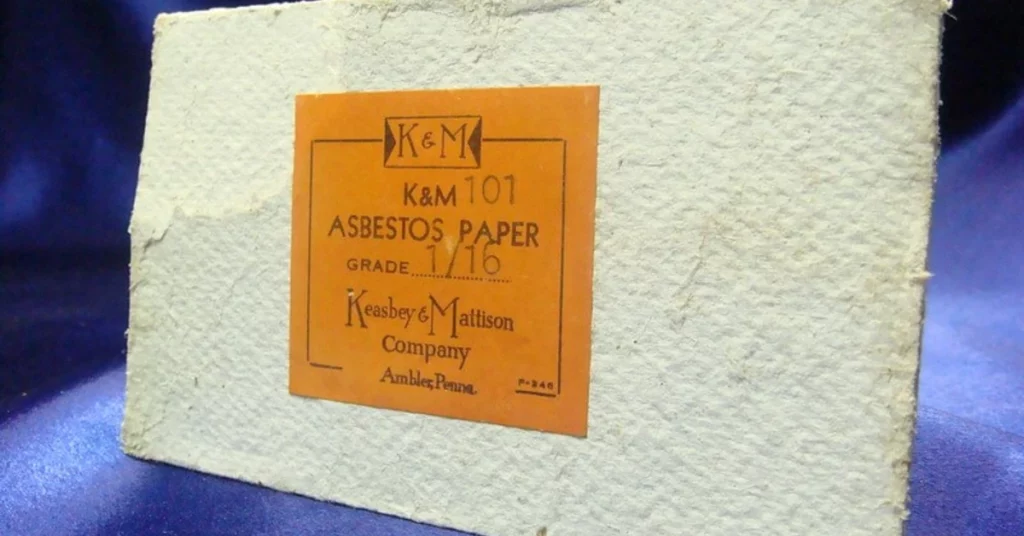
Asbestos paper is a thin, flexible material made from asbestos fibers mixed with a binding agent. It was used for electrical insulation, fire protection, and as a backing for floor tiles and other construction materials.
Known as: Asbestos felt, asbestos millboard, asbestos building paper
Asbestos content: Typically 70-100% asbestos fibers
Other main content: Binders such as starch, clay, or cement
Main asbestos type: Chrysotile (white asbestos)
Main colors: White, gray, or tan
Density: Low to medium density
Damage potential: High; easily torn or damaged
Asbestos fiber release potential: High, especially when damaged or deteriorating
Timeline manufacture & usage: Widely used from the 1920s to the 1980s in construction, electrical applications, and manufacturing. Use significantly decreased in the 1980s due to asbestos regulations.
Asbestos Thermal Insulation
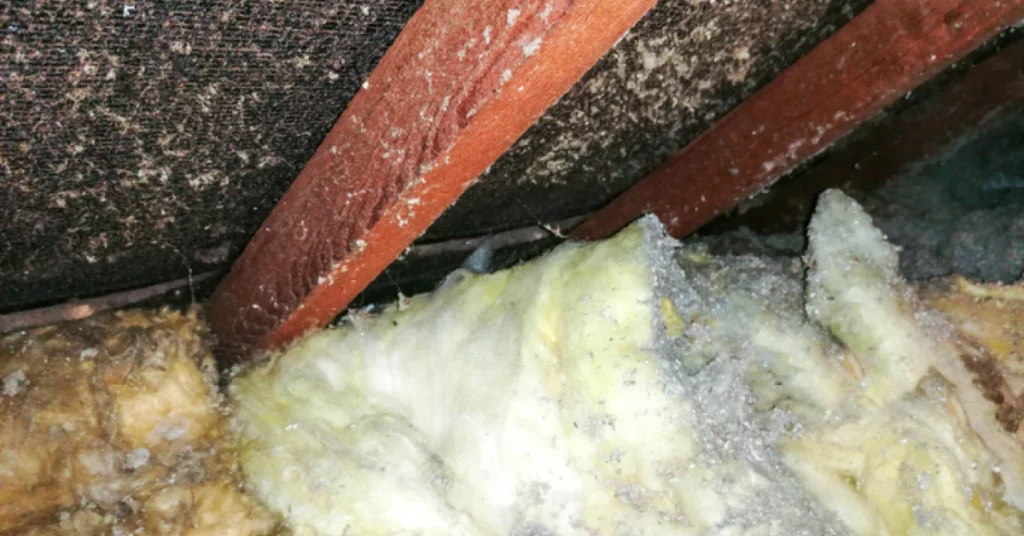
Asbestos thermal insulation is a soft, fibrous material used to insulate pipes, boilers, and other high-temperature equipment. It often has a fabric-like texture and can be molded or wrapped around surfaces to provide heat resistance and energy efficiency.
Known as: Pipe lagging, boiler insulation, thermal pipe insulation
Asbestos content: Often 100% asbestos, but some products may contain 55-100%
Other main content: Sometimes mixed with magnesium carbonate or calcium silicate
Main asbestos type: Primarily amosite (brown asbestos) or chrysotile (white asbestos)
Main colors: White, gray, or brown
Density: Low density, often light and fluffy
Damage potential: High; easily damaged by physical contact or deterioration over time
Asbestos fiber release potential: Very high, especially when disturbed or degraded
Timeline manufacture & usage: Extensively used from the 1900s to the 1970s in industrial settings, power plants, and large buildings. Use declined sharply in the 1980s due to asbestos regulations.
Asbestos Sprayed Insulation
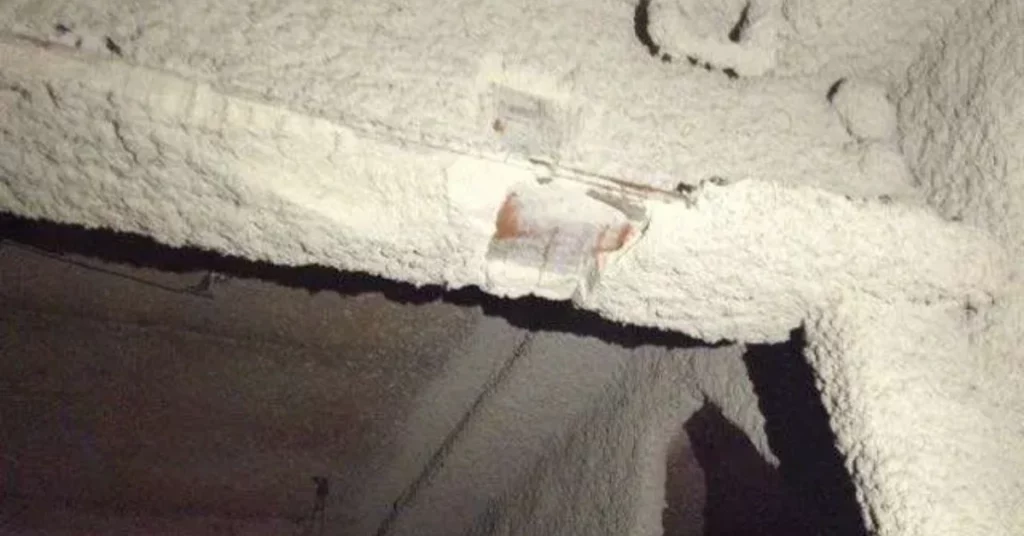
Asbestos sprayed insulation is a friable material applied by spraying onto surfaces for fire protection, sound insulation, and thermal insulation. It has a rough, textured appearance and can be found on structural steel, concrete surfaces, and in ceiling cavities.
Known as: Limpet spray, flock, sprayed asbestos
Asbestos content: 55-95% asbestos fibers
Other main content: Cement, adhesives, or other binding agents
Main asbestos type: Crocidolite (blue asbestos), amosite (brown asbestos), or chrysotile (white asbestos)
Main colors: Gray, white, or blue-gray
Density: Low to medium density
Damage potential: Very high; easily crumbled or damaged by minor disturbances
Asbestos fiber release potential: Extremely high due to its friable nature
Timeline manufacture & usage: Widely used from the 1930s to the early 1970s in commercial and industrial buildings. Application of sprayed asbestos was banned in many countries by the mid-1970s.
Asbestos Resin

Asbestos resin products are composite materials made by combining asbestos fibers with various synthetic resins. They have a hard, plastic-like appearance and were used in electrical components, laboratory equipment, and automotive parts due to their heat resistance and electrical insulation properties.
Known as: Asbestos-reinforced plastics, asbestos composites
Asbestos content: Typically 20-50% asbestos fibers
Other main content: Phenolic resins, epoxy resins, or other synthetic polymers
Main asbestos type: Chrysotile (white asbestos)
Main colors: Black, brown, or dark colors; sometimes with a mottled appearance
Density: Medium to high density
Damage potential: Low when intact, but can crack or break under stress
Asbestos fiber release potential: Low when in good condition, but can increase if the material is cut, drilled, or damaged
Timeline manufacture & usage: Used from the 1940s through the 1970s in various industrial and consumer products. Production decreased in the 1980s as asbestos regulations tightened and alternatives were developed.
Asbestos Decorative Coating
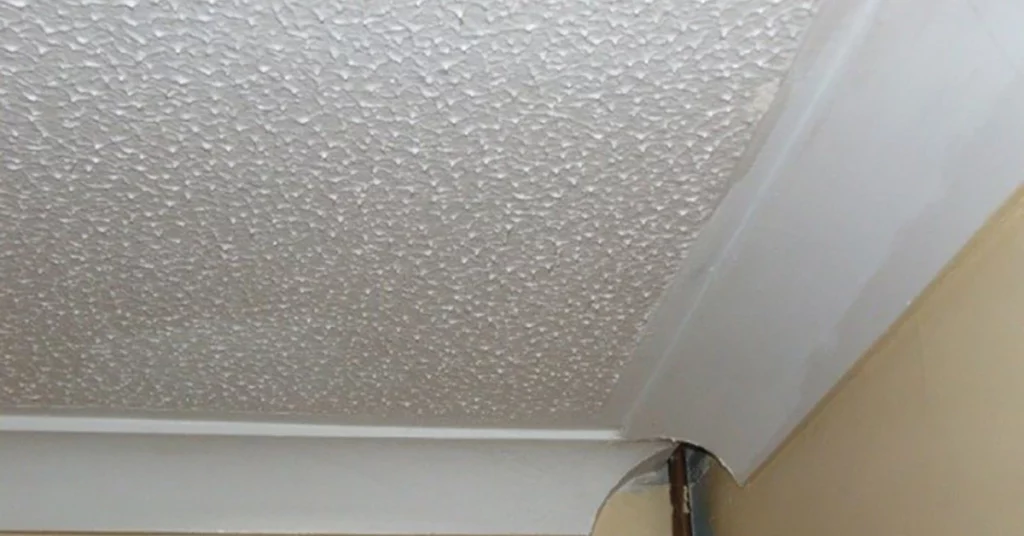
Asbestos decorative coating is a textured surface finish applied to walls and ceilings for aesthetic and acoustic purposes. It has a rough, bumpy appearance and was popular in residential and commercial buildings for its fire-resistant properties.
Known as: Artex, popcorn ceiling, stipple coating
Asbestos content: Usually 1-5% asbestos fibers
Other main content: Gypsum, limestone, vinyl binders, and other aggregates
Main asbestos type: Chrysotile (white asbestos)
Main colors: White or off-white, sometimes with added pigments
Density: Low to medium density
Damage potential: Moderate; can be damaged by impact or water exposure
Asbestos fiber release potential: Low when intact, but can be high if scraped, sanded, or removed
Timeline manufacture & usage: Widely used from the 1950s to the early 1980s in homes and offices. Use of asbestos in these products declined in the 1980s due to increased awareness of health risks and changing regulations.
Asbestos Vinyl
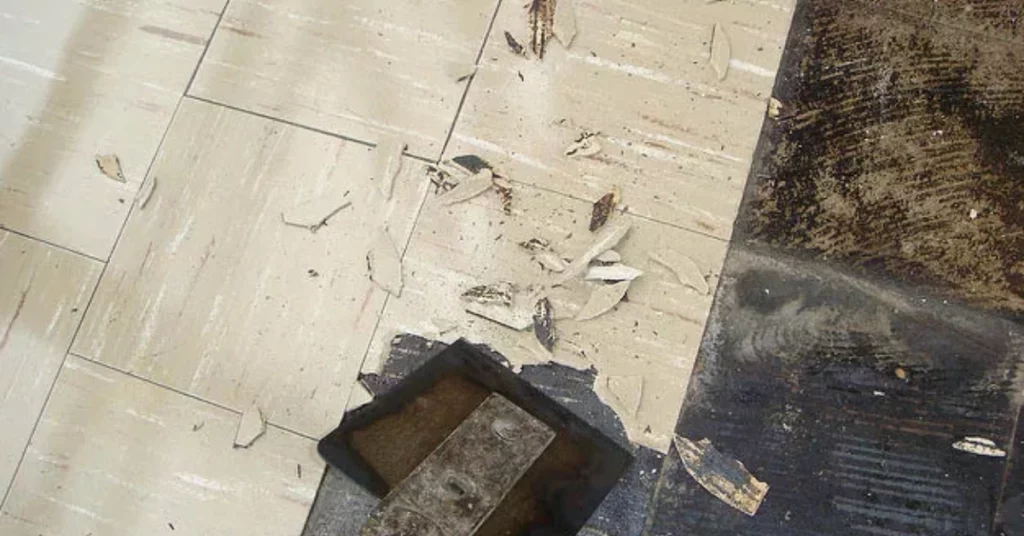
Asbestos vinyl products are floor tiles or sheet flooring made by combining asbestos fibers with vinyl resins. They have a smooth, uniform appearance and were popular due to their durability and resistance to moisture and chemicals.
Known as: Vinyl asbestos tile (VAT), asbestos floor tiles, asbestos sheet flooring
Asbestos content: Usually 10-25% asbestos fibers
Other main content: Polyvinyl chloride (PVC), plasticizers, pigments
Main asbestos type: Chrysotile (white asbestos)
Main colors: Various colors and patterns, often mottled or marbled appearances
Density: Medium to high density
Damage potential: Low when intact, but can become brittle and crack over time
Asbestos fiber release potential: Low when in good condition, but can increase if tiles are broken, sanded, or removed
Timeline manufacture & usage: Widely used from the 1950s to the 1980s in residential and commercial buildings. Production declined in the 1980s as asbestos-free alternatives became available.
